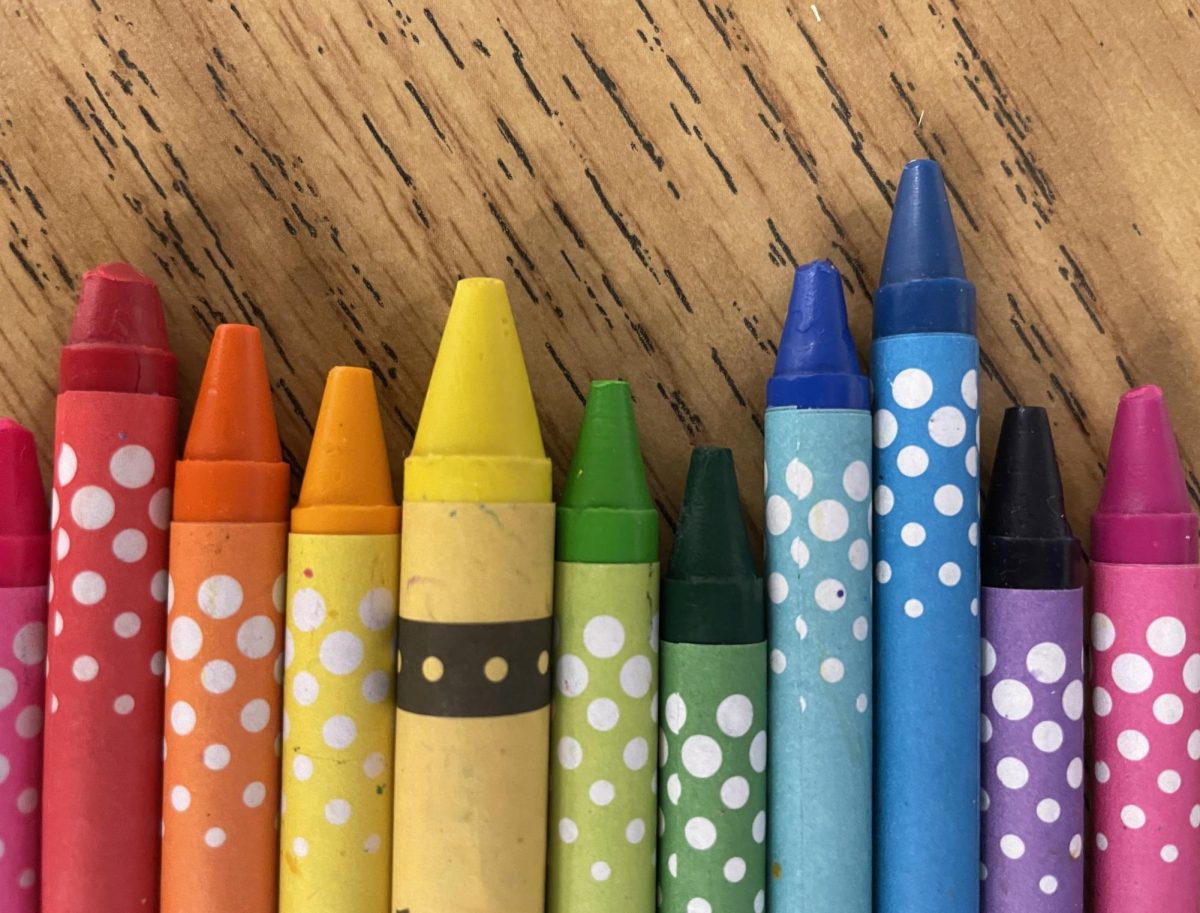Many of us can likely recall making handprint paintings, playing with clay, or coloring at some point in our early childhood, but the true impact this made on our lives probably wasn’t understood. Art has a profound influence on child development in a vast variety of areas, and helps us grow in our capabilities and understanding of the world around us.
One aspect of art that is often overlooked is the role it plays in our ability to absorb and learn language. Conversing about or explaining art primarily aids in the development of speaking skills. According to Dr. Alida Anderson with Psychology Today, “There are multiple ways to express an idea—many of which are not linguistic. By expressing an idea through visual, auditory, kinesthetic and/or tactile sensory information, a child has more ways to map that concept onto language forms”. Teachers and parents can reinforce the information children are taking in by talking with them about their art and asking them to explain, label, or discuss their creations. By presenting kids with various inputs of information, they can strengthen their language skills.
Furthermore, doing art early on in life can support math skills. According to Kylie Rymanowicz with Michigan State University Extension, while doing art, children use many of the tools and techniques they will need in math. For example, they may become aware of the proportions of objects they draw or the shape of those objects. They might also use patterns or numbers in their artwork (ie. drawing 5 red apples).
Additionally, art is crucial in the development of fine motor skills in children. Rymanowicz also writes that the motions involved in creating art (holding coloring implements, using scissors or glue, etc.) help children develop the foundation for everyday tasks such as tying shoes or putting on clothes. Using various materials and tools to create art can strengthen hand-eye coordination and help children learn to write later on.
Likely the most prevalent example of art helping children is boosting creativity. According to Grace Hwang Lynch at PBS, kids learn to take risks while creating art. By trying out new projects or ideas and adding unique flair, children can learn to think outside the box and develop an imaginative mind.
Exercising creative control in art projects can lead to problem solving-skills that are essential in all parts of life. Nowadays, our world is constantly evolving as a result of creative thinkers engineering new solutions to problems.
Laura Olden, photography teacher, has experienced life both as an art student and teacher. When asked what she hopes students will take away from her class, she says, “I want my students to know that everyone has the capacity to be creative, and for them to gain confidence in their own creativity.” She continues, “Creativity is now deemed an essential skill in today’s workplace so exercising those creative muscles now in high school will better prepare them for success in their future careers.”
There are many other aspects of art that Olden says can be applied to other parts of life: “Perseverance, impermanence, problem solving, lifelong learning, stress management, and one that took me a long time to understand and let go of: certain times a work isn’t finished, it’s just good enough,” are some of the lessons she has learned from her time creating art. All of these concepts are necessary to understand how to work and function in the real world. Learning these skills can help one fulfill their true potential in life.
Art is a process of self-discovery that many witness. Olden elaborates, “I love that I get to be part of a student’s journey of finding confidence in their own creative voice. Watching students hone their skills to communicate their ideas and discover the magic of photography, nothing beats that.” She continues, “Art has also been an outlet, a way I let go of stress and clear my mind. I remember realizing that in high school, and it still remains true today.” As children get older, they can still continue to use art to express themselves and their voices to others around them.
Many stressors occur in childhood, especially stemming from tests and grades in school or even social situations. By taking advantage of art as an outlet to release stress, children can express their emotions and stay in touch with how they are feeling. According to the Children’s Hospital of Orange County, doing art encourages mindfulness in children and can help those struggle with anxiety or depression.
In addition, art can empower students to forge their own paths. According to Sydney Gurewitz Clemens, “Art has the role in education of helping children become like themselves instead of more like everyone else.” Art can teach children to embrace the truest and purest version of themselves and so they can feel confident going their own way. This is possibly one of the most valuable lessons we can learn and use throughout our lives in order to reach our full potential.
Creative and innovative people read between the lines and color outside of them. This raw form of intelligence, imagination, and creativity is molded during childhood when children are given the tools and resources to create art. As Albert Einstein said, “Imagination is more important than knowledge.” Knowledge lets us understand what is happening in the world around us, but imagination is what helps us change it.

